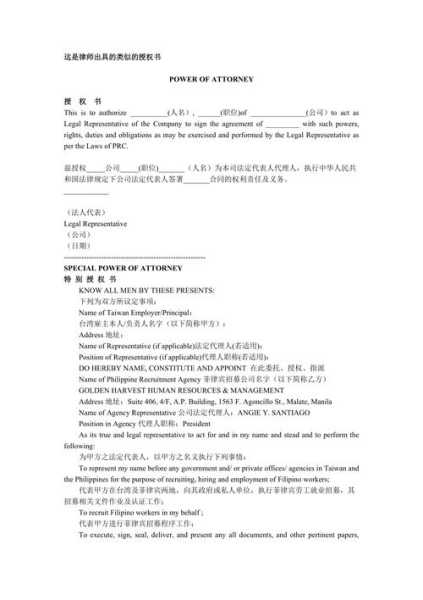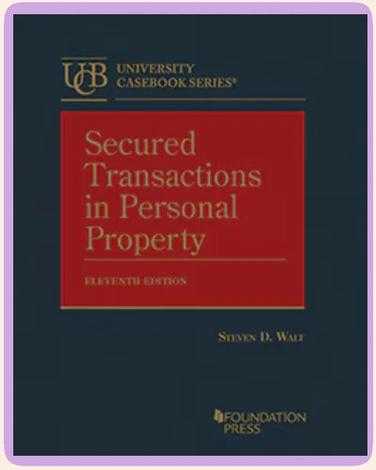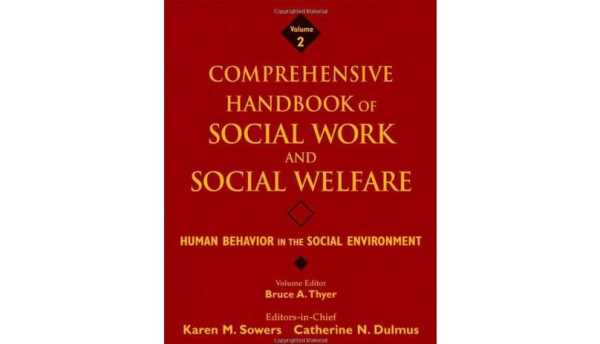This guide discusses understanding, drafting, and key considerations for personal-to-personal power of attorney documents in English. It highlights the importance of clarity, legal requirements, and the responsibilities of both the grantor and the attorney.
In today's interconnected world, personal trust and delegation have become increasingly common. Whether it's managing financial affairs, handling legal matters, or overseeing personal responsibilities, a personal power of attorney can be a crucial document. This article aims to provide a comprehensive guide to understanding, drafting, and the necessary considerations for an English version of a personal to personal power of attorney.

Understanding the Concept
A personal to personal power of attorney is a legal document that grants one individual (the principal) the authority to act on behalf of another individual (the attorney-in-fact) in specific matters. This type of delegation is typically used when the principal is unable to manage their own affairs due to illness, disability, or other reasons. The attorney-in-fact is responsible for carrying out the principal's wishes as outlined in the document.
Key Elements of a Personal to Personal Power of Attorney
1、Identification of Parties: Clearly define the identities of the principal and the attorney-in-fact, including full names, addresses, and contact information.
2、Scope of Authority: Specify the extent of the attorney-in-fact's authority. This can range from handling financial transactions to making medical decisions.
3、Duration of Authority: Determine the period during which the power of attorney is effective. It can be valid indefinitely or for a specific duration.
4、Duties and Responsibilities: Outline the obligations of the attorney-in-fact, such as acting in the principal's best interests, maintaining accurate records, and reporting to the principal.
5、Revocation Clause: Include a clause that allows the principal to revoke the power of attorney at any time.
6、Notarization: In many jurisdictions, the document must be notarized to be legally binding.
Drafting the Document
When drafting an English version of a personal to personal power of attorney, consider the following steps:
1、Start with a Template: Use a reliable template or consult with a legal professional to ensure the document complies with local laws.
2、Customize the Content: Tailor the document to fit the specific needs and wishes of the principal.
3、Clear and Concise Language: Use straightforward and unambiguous language to avoid misunderstandings.
4、Review and Revise: Proofread the document for any errors or inconsistencies and make necessary revisions.
5、Consult with Legal Advice: It is advisable to seek legal advice to ensure the document is valid and enforceable.
Considerations and Tips
1、Choose a Trustworthy Attorney-in-Fact: Select someone who is reliable, trustworthy, and capable of handling the responsibilities.
2、Regular Communication: Maintain open lines of communication with the attorney-in-fact to ensure the principal's wishes are being followed.
3、Understand Legal Implications: Be aware of the legal implications and requirements in your jurisdiction.
4、Update the Document: Review and update the power of attorney if there are changes in the principal's circumstances or wishes.
5、Secure the Document: Keep the original document in a safe place and make copies for relevant parties.
In conclusion, an English version of a personal to personal power of attorney is a vital tool for ensuring that personal affairs are managed effectively and efficiently. By understanding the concept, carefully drafting the document, and considering the necessary legal implications, individuals can ensure that their interests are protected and their responsibilities are fulfilled.
相关阅读:
1、English Template and Guide for Power of Attorney公证委托书
3、Understanding the Importance, Format, and Precautions of English Power of Attorney Documents
4、Decoding Authorization Letters: Mastering the Art of Power of Attorney Documents
Mastering Personal Power of Attorney Documents: Understanding, Drafting, and Key Points to Consider
Expert Guide: Properly Drafting a Power of Attorney Letter in English and Key Points to Consider
Decoding the Legal效力 of English Personal Power of Attorney: Understanding and Drafting Procedures
Understanding, Drafting, and Legal Implications of English Personal Debt Power of Attorney Documents











